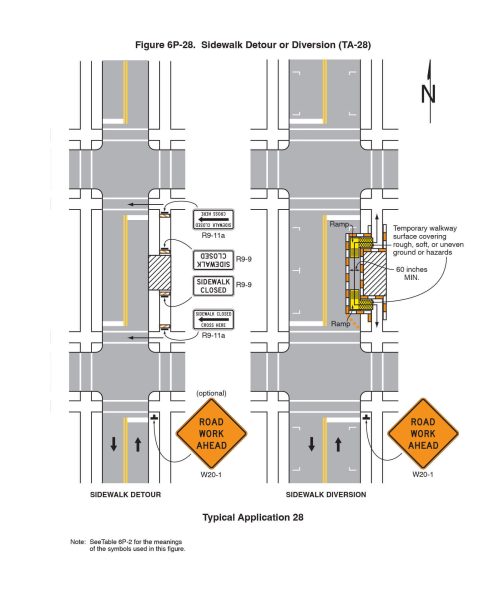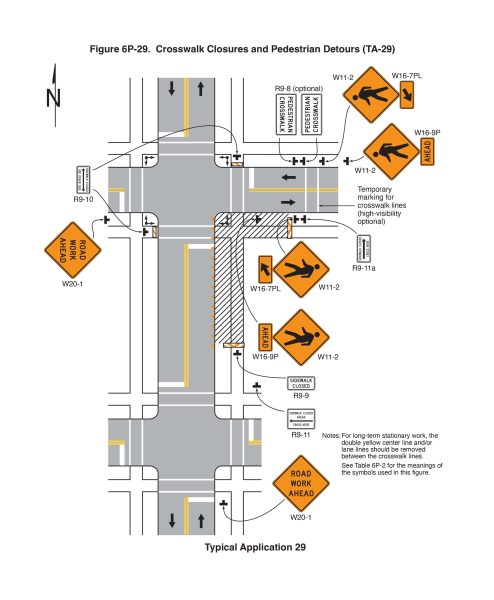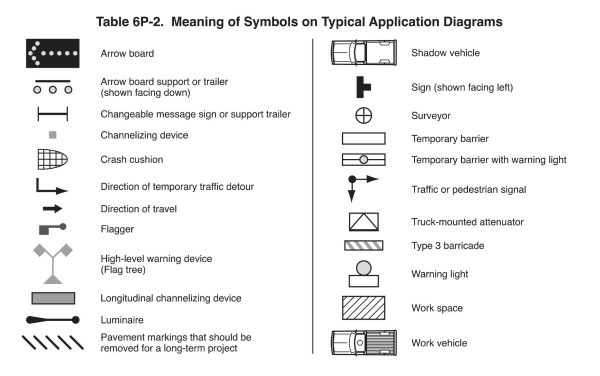 By Tim Cox
By Tim Cox
Consultant
Cox Transportation Safety
In the ever-evolving landscape of pedestrian safety, technological advancements continue to shape our approach to inclusivity. PSS’s Parakeet™ Audible Information Device (AID) stands as a testament to progress, meeting and exceeding standards set by regulatory bodies. Parakeet™ AID aligns seamlessly with recent guidelines, including the 11th Edition of the Manual on Uniform Traffic Control Devices (MUTCD) and the Public Right-of-Way Accessibility Guidelines (PROWAG) updates for 2024, both of which play a crucial role in enhancing pedestrian safety.
The Ultimate Audible Information Device
Parakeet™ AID represents a leap forward in addressing the needs of visually impaired pedestrians navigating closed roads and sidewalks due to construction or maintenance. Its motion-activated recording feature, automatic decibel adjustment and other cutting-edge features ensure a comprehensive and inclusive solution for pedestrian safety.
Key Features and Benefits:
Motion Detection: Advanced motion detection technology to tailor instructions based on pedestrian movement.
Automatic Decibel Adjustment: The built-in microphone adjusts its decibel level automatically, ensuring clarity in communication regardless of surrounding noise.
Up to 60-Second Recording: Provides ample time for clear and comprehensive instructions, enhancing safety for visually impaired individuals.
Mounts to Standard Traffic Control Devices: Seamlessly integrates with existing traffic control infrastructure, making it a versatile and easily deployable solution.
Rechargeable Batteries: An eco-friendly feature that ensures sustained functionality.
Water-Resistant Housing: Durable and water-resistant housing guarantees reliability in various weather conditions.
Tamper-Resistant Casing: Designed with security in mind, the device’s tamper-resistant casing prevents unauthorized interference.
Compliance with MUTCD 11th Edition
The 11th Edition of the MUTCD, a foundational document in traffic control guidelines, offers clear guidance on accommodating pedestrians with visual disabilities in temporary traffic control scenarios. An accessible pedestrian signal provides information in non-visual formats (such as audible tones, speech messages, and/or vibrating surfaces) so that pedestrians with vision disabilities know when to cross the street along the alternate route.
Section 6C.03, on page 780, underscores the challenge of using printed signs and surface delineation for individuals with visual impairments, particularly those using a long cane. To address this, the MUTCD recommends using audible information devices, accessible pedestrian signals, detectable barriers and channelizing devices.
 Excerpt from MUTCD Section 6C.03:
Excerpt from MUTCD Section 6C.03:
“Because printed signs and surface delineation are not usable by pedestrians with visual disabilities, blocked routes, alternate crossings, and sign and signal information should be communicated to pedestrians with visual disabilities by providing audible information devices, accessible pedestrian signals, and barriers and channelizing devices that are detectable to pedestrians traveling with the aid of a long cane or who have vision disabilities.”
This guidance emphasizes the importance of audible information devices, specifically “devices that provide speech messages,” as the most desirable means to provide equivalent information to pedestrians with visual disabilities, especially in notifying about sidewalk closures.
Additionally, both the figures for “Sidewalk Detour or Diversion” (Figure 6P-28) and “Crosswalk Closures and Pedestrian Detours” (Figure 6P-29) show the typical application of the necessary audible information devices. The manual notes that the devices’ locations should be “where midblock sidewalk closings and changed crosswalk areas cause inadequate communication to be provided to pedestrians with vision disabilities.”
Figures 6P-28 and 6P-29 can be found on pages 914 and 916 of MUTCD 11th edition.

 PROWAG Regulation Updates for 2024
PROWAG Regulation Updates for 2024
In August 2024, PROWAG introduced new regulations that further enhance accessibility for pedestrians. According to R303.2 Signs, signs identifying alternate pedestrian access routes must be provided before decision points and comply with R410, which defines the visual characteristics necessary on signs. Additionally, proximity-actuated audible signs or other non-visual means within the public right-of-way conveying information about alternate pedestrian access routes are now mandatory.
Parakeet’s Role in Compliance
As we navigate the future of pedestrian safety, the Parakeet™ AID proves to be a beacon of progress, aligning seamlessly with the MUTCD 11th Edition and the latest PROWAG regulations. This synergy between technological advancements and evolving regulatory frameworks ensures safer, more accessible environments for all pedestrians. PSS’s commitment to innovation and inclusivity sets a new standard for the intersection of technology and pedestrian safety.
*Figures, table taken from U.S. Department of Transportation Federal Highway Administration Manual on Uniform Traffic Control Devices for Streets and Highways, 11th Edition, December 2023
Signup For The Bike Lane Newsletter
